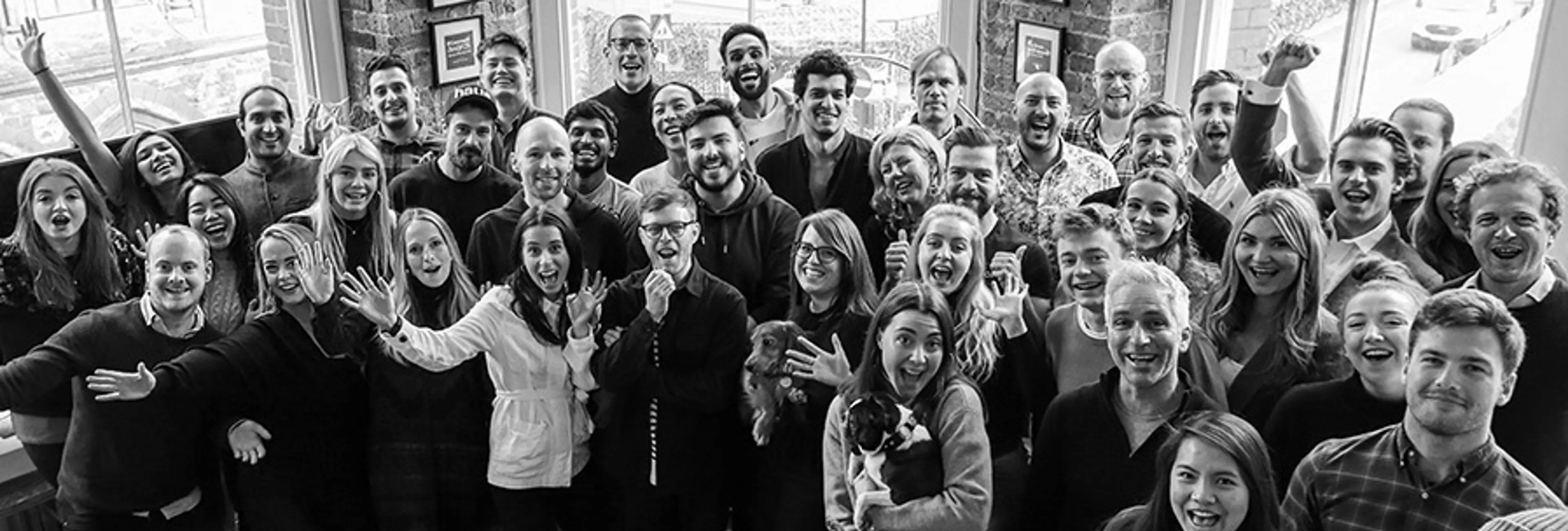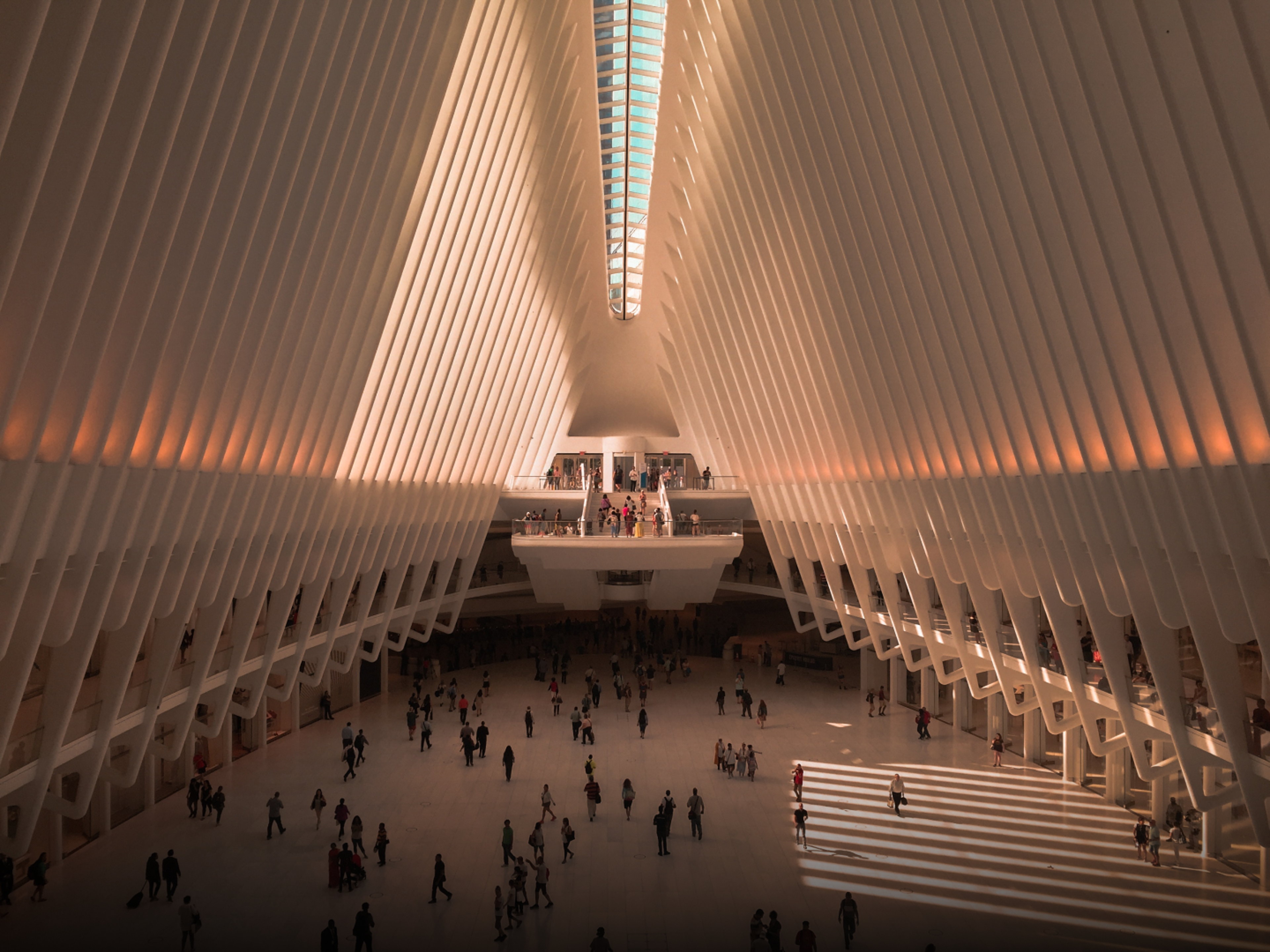
Design
1 Jul 2023
7 Min Read
The Simple Art of Human-Centred Design
In a deafeningly noisy world, brands are feeling the need to overcomplicate – oversaturating markets with convoluted methods to connect; forgetting that, when we strip everything back, humans are fundamentally simple beings.
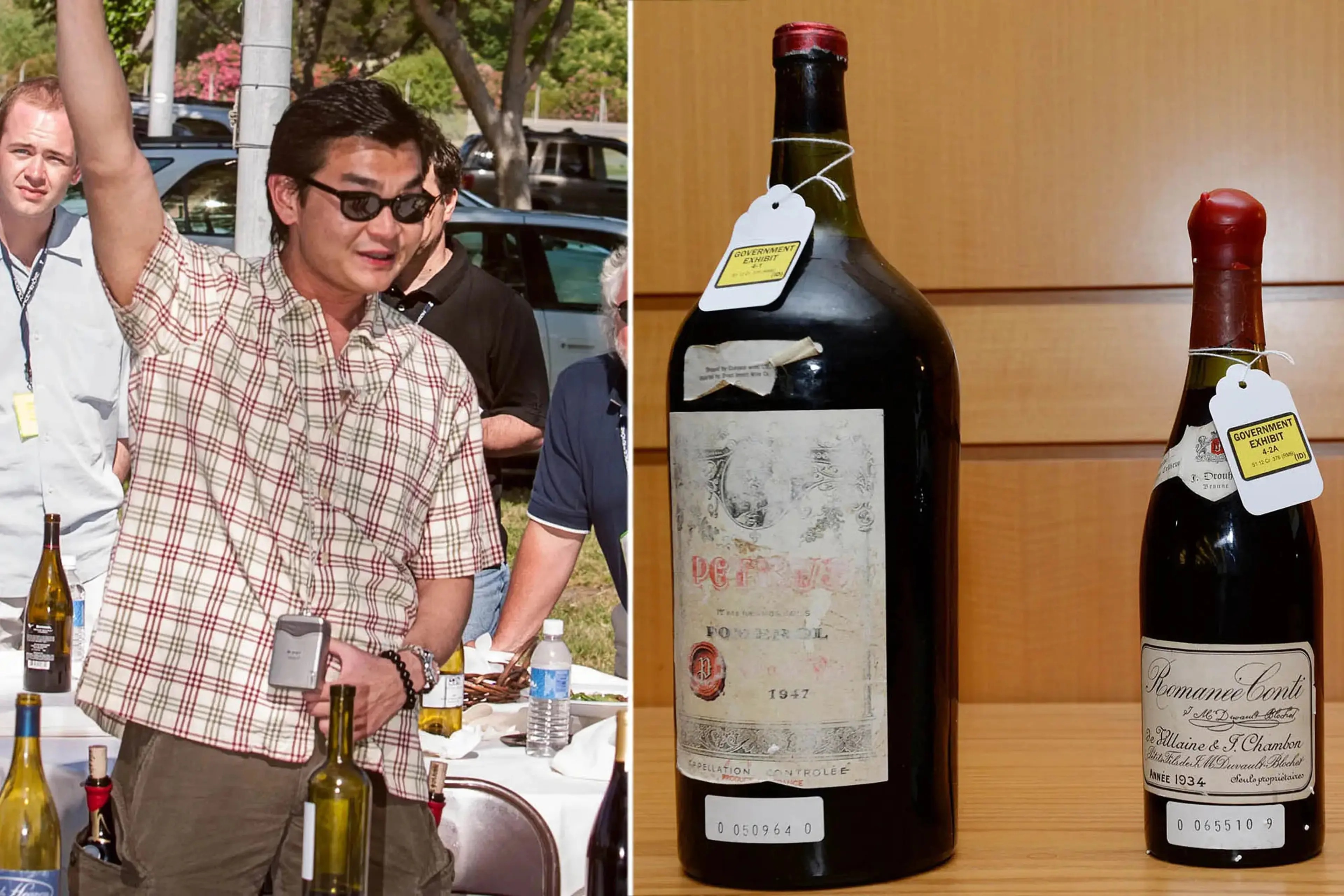
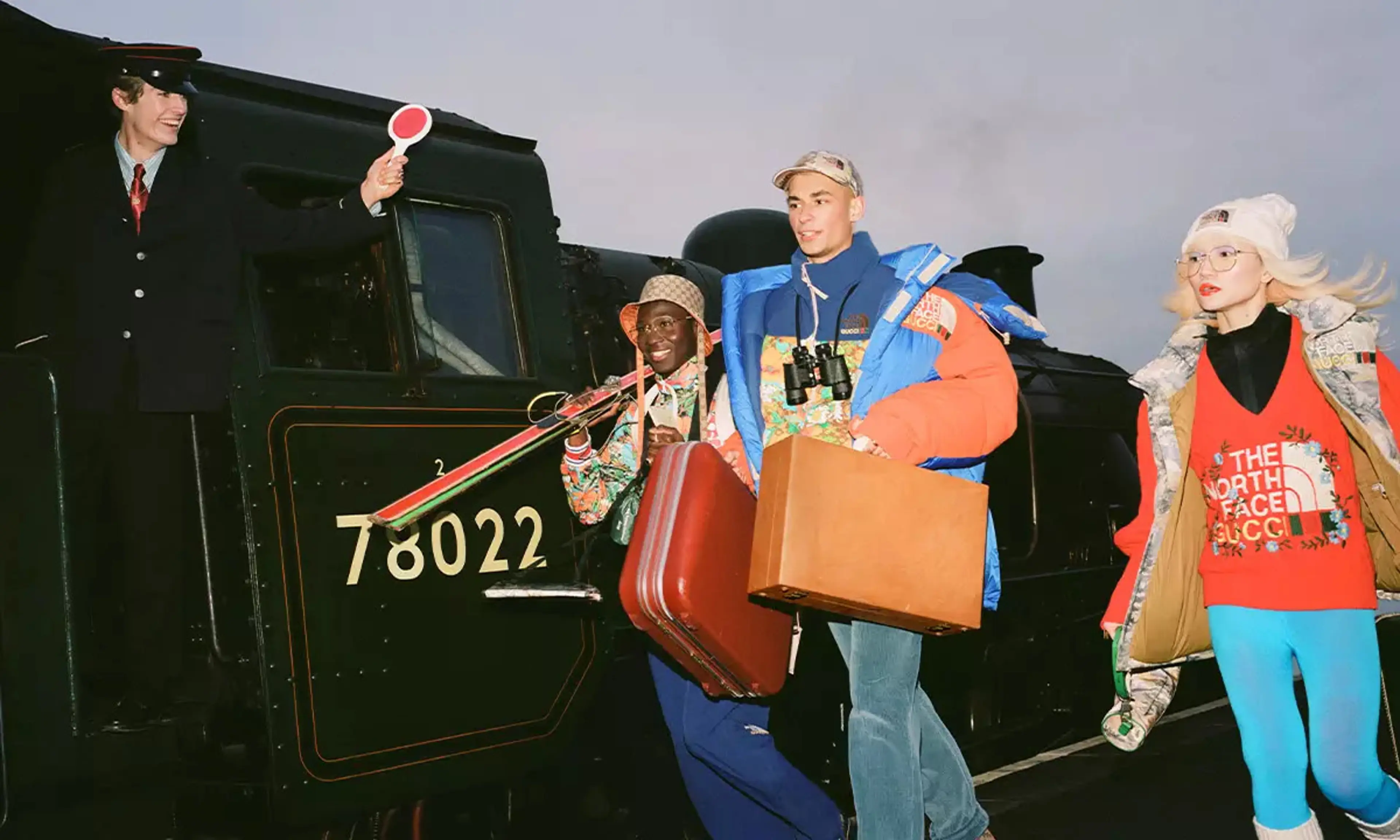
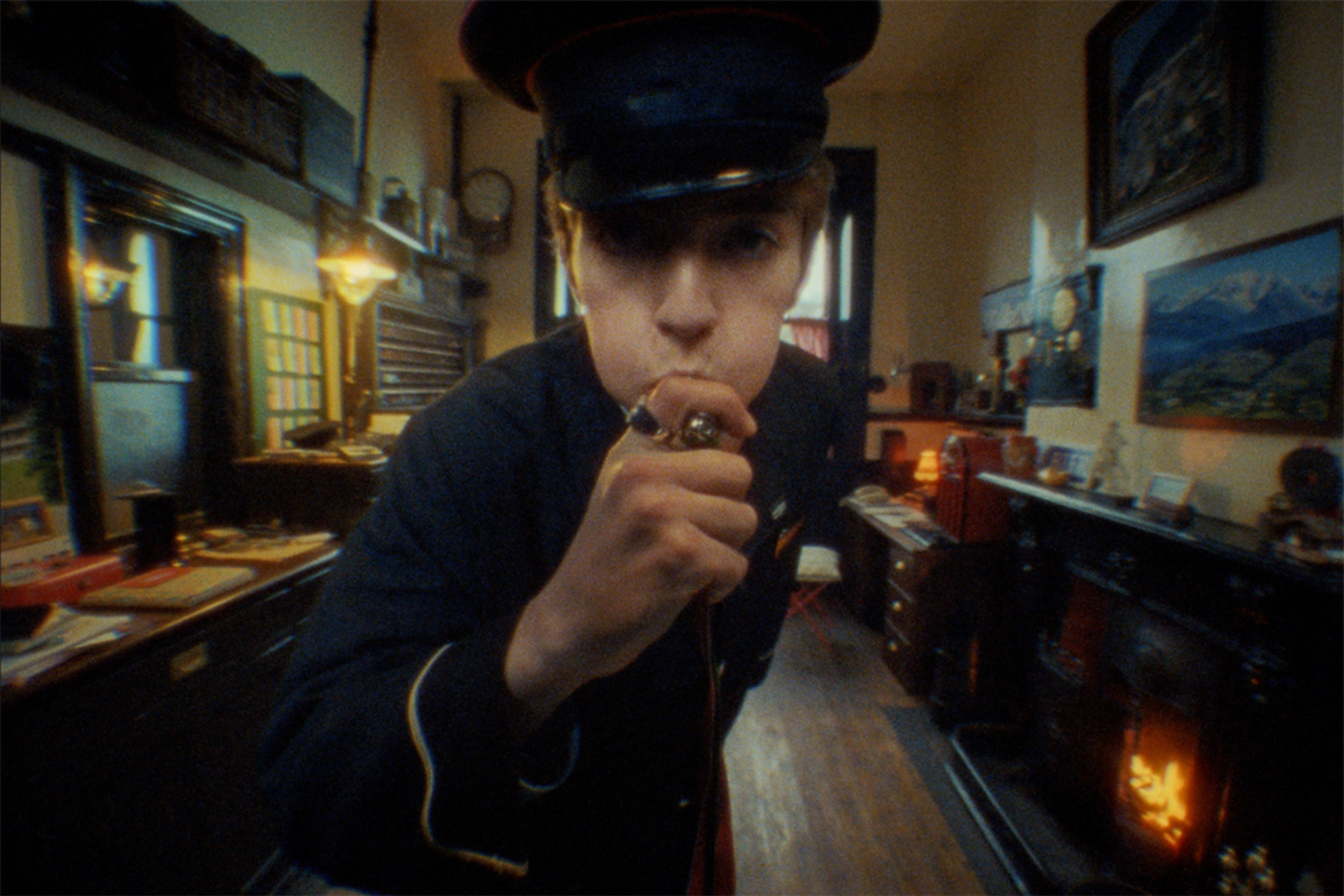
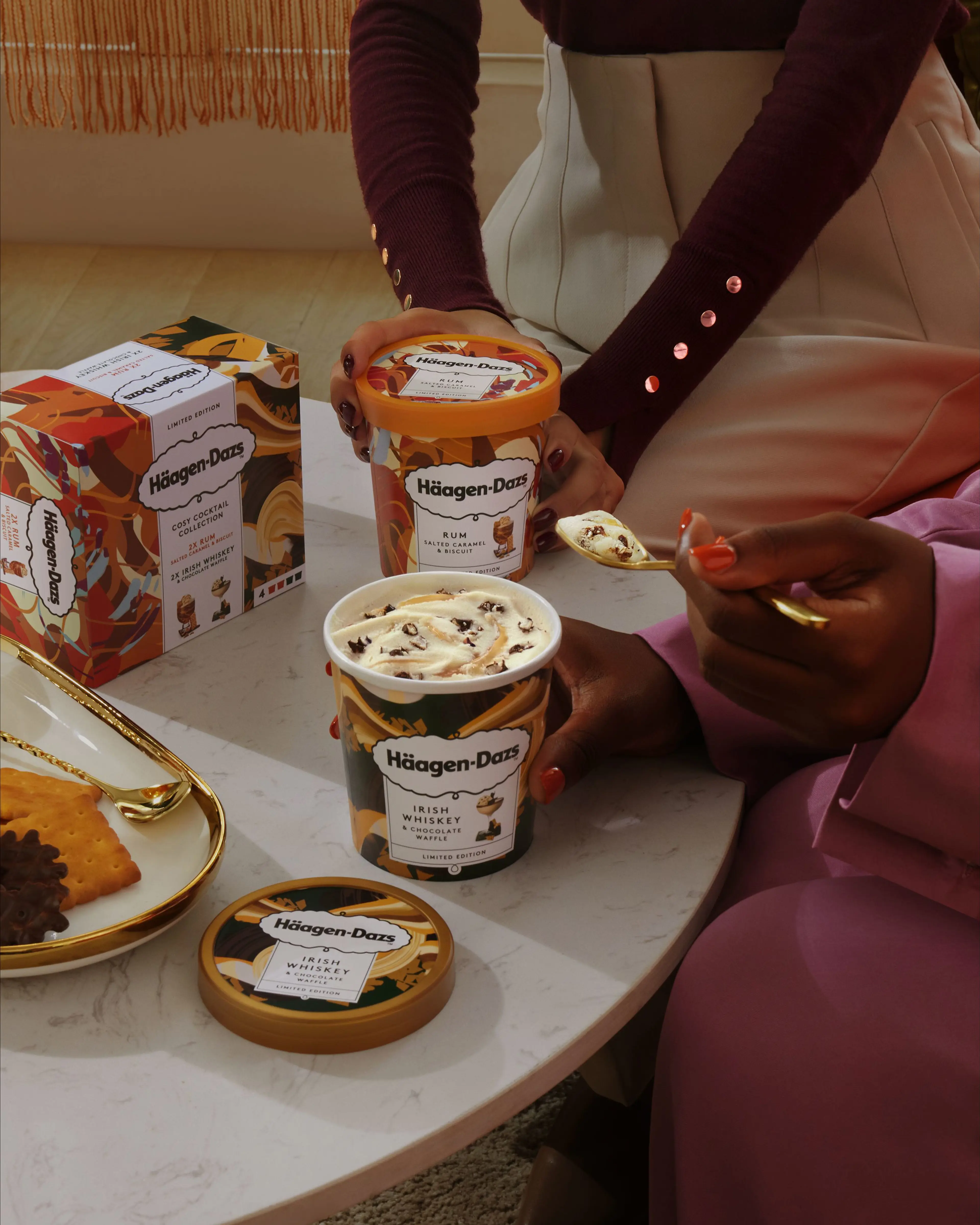


Design


